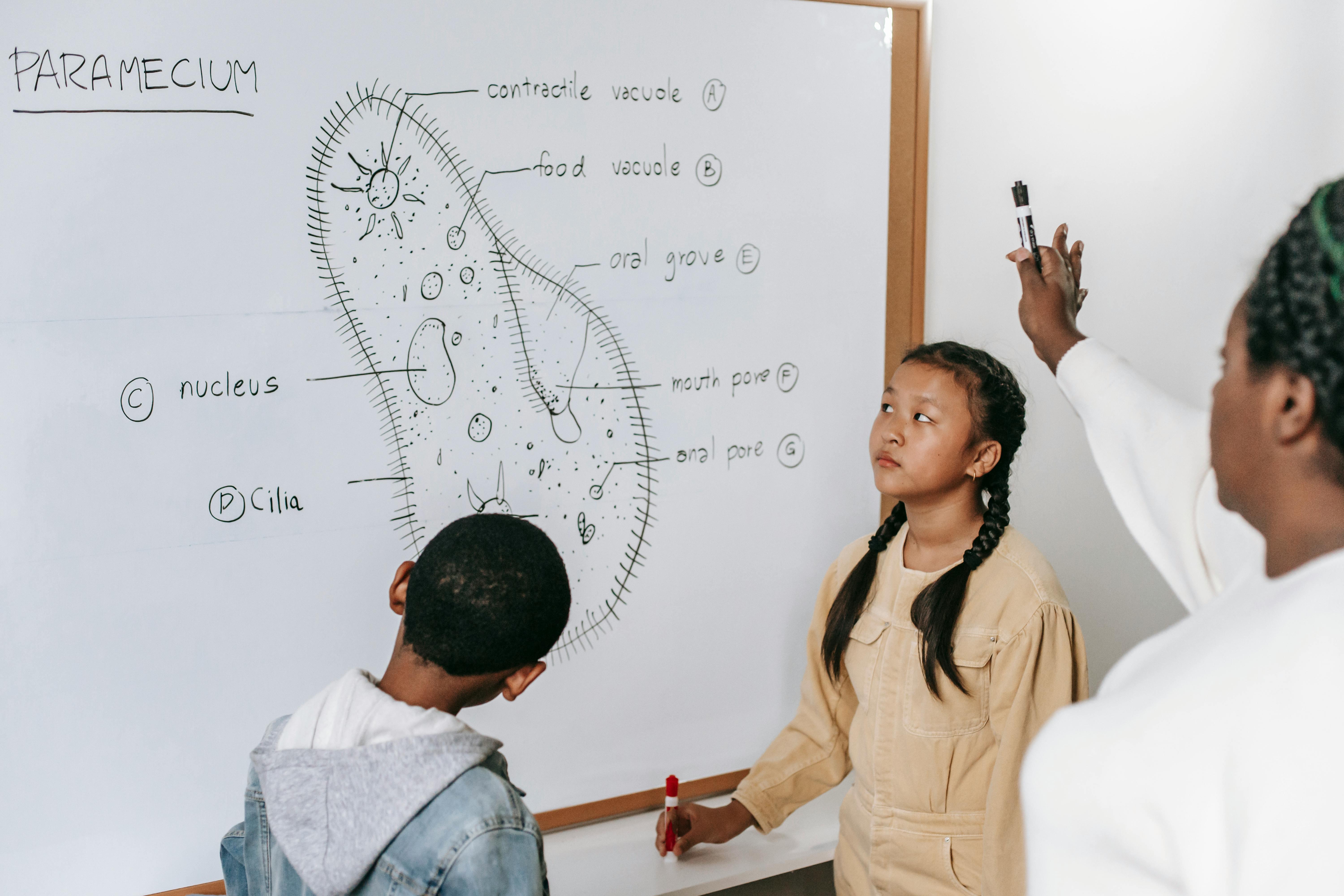All You Need to Know About Science Tutoring
Science tutoring is an essential resource for students striving to excel in subjects like biology, chemistry, and physics. Whether you need help with basic concepts or advanced topics, a science tutor can provide the support you need to succeed. In this blog, we will explore the benefits of science tutoring, the different types available, what science tutoring includes, and how to find the right tutor for your needs.
Science tutoring offers numerous advantages that can greatly enhance a student's educational experience:
- Personalised Learning Experience: A science tutor tailors lessons to the student's individual needs, ensuring they understand complex topics and can work at their own pace.
- Improved Academic Performance: Regular sessions with a science and maths tutor can help students improve their grades and build confidence in their abilities.
- Enhanced Problem-Solving Skills: Tutors teach critical thinking and problem-solving skills, which are essential for mastering science subjects.
- Exam Preparation: Tutors help students prepare for exams by reviewing key concepts, practising past papers, and developing effective study strategies.
Types of Science Tutoring Available
Science tutoring can be delivered in various formats to suit different learning styles and needs:
- Group Tutoring: Ideal for collaborative learners, group sessions encourage discussion and peer learning, often at a lower cost.
- Online Tutoring: With the convenience of learning from home, online tutoring offers flexible scheduling and access to a broader range of science tutors.
- In-Person Tutoring: Traditional face-to-face tutoring can be particularly effective for hands-on experiments and direct interaction.
Choosing the Right Science Tutor
Selecting the right science tutor is crucial for a successful tutoring experience. Consider the following tips:
- Qualifications and Experience: Ensure the tutor has relevant qualifications and experience in the specific science subject you need help with. For example, if you need help with physics, look for experienced physics tutors.
- Teaching Style: Choose a tutor whose teaching style matches the student's learning preferences. Some students benefit from a structured approach, while others thrive with interactive, discussion-based learning.
- Reviews and References: Check reviews and ask for references to gauge the tutor's effectiveness and reliability.
- Trial Sessions: Many tutors offer trial sessions. Use these to determine if the tutor is a good fit for the student's needs.
What Does Science Tutoring Include?
A comprehensive science tutoring program includes a variety of elements designed to enhance understanding and academic performance:
- Conceptual Understanding: Tutors help students grasp fundamental concepts in subjects like biology, chemistry, and physics.
- Practical Applications: Tutors often incorporate practical examples and experiments to demonstrate how scientific principles apply in real-world scenarios.
- Homework Assistance: Providing support with homework assignments ensures that students stay on track with their coursework.
- Study Skills Development: Tutors teach effective study techniques and time management skills to help students become more independent learners.
- Exam Strategies: Preparing students for exams with practice tests, review sessions, and strategies for answering different types of questions.

Science Tutoring for Different Educational Levels
Science tutors can support students at various educational stages:
- Primary School: Introducing young learners to science concepts in an engaging and fun way can spark their interest and lay a solid foundation for future learning.
- Secondary School: Tutors help students grasp more complex topics and prepare for important exams like GCSEs and A-Levels.
- University: University students can benefit from tutoring to tackle advanced subjects, complete projects, and prepare for exams.
What to Expect in a Science Tutoring Session
A typical science tutoring session may include:
- Review of Previous Lessons: Recapping previous material to ensure retention and understanding.
- Introduction of New Concepts: Breaking down new topics into manageable parts.
- Interactive Activities: Engaging students with experiments, problem-solving exercises, and discussions.
- Homework Help: Assisting with assignments and providing additional practice questions.
- Exam Preparation: Focusing on exam techniques, practice papers, and time management strategies.
How to Prepare for Science Tutoring Sessions
To maximise the benefits of your science tutoring sessions, consider the following tips:
- Set Clear Goals: Define what you want to achieve from the tutoring sessions, whether it's improving grades, understanding specific topics, or preparing for exams.
- Be Prepared: Come to each session with specific questions or topics you need help with. This will make the sessions more productive.
- Practice Regularly: Consistent practice and revision are key to retaining information and improving skills.
- Stay Engaged: Actively participate in sessions, ask questions, and seek clarification whenever needed.
Finding a Science Tutor Near Me
Finding the right science tutor in your area can be easy with the right resources. Use online platforms and local tutoring services to find qualified science and maths tutors near you. Look for tutors who have positive reviews, relevant experience, and a teaching style that matches your learning preferences.
Conclusion
Science tutoring is an effective way to enhance a student's understanding and performance in science subjects. Whether you're looking for a science tutor, physics tutors, or a science and maths tutor, finding the right tutor can make a significant difference in your learning journey. By considering the benefits, types, and tips for choosing a tutor, you can ensure a positive and rewarding tutoring experience.
Explore our tutor listing website to find the perfect science tutor for your needs and start your journey towards academic success today!
Related articles:
- Effective GCSE Science Revision Strategies
- All You Need to Know About Science Tutoring


